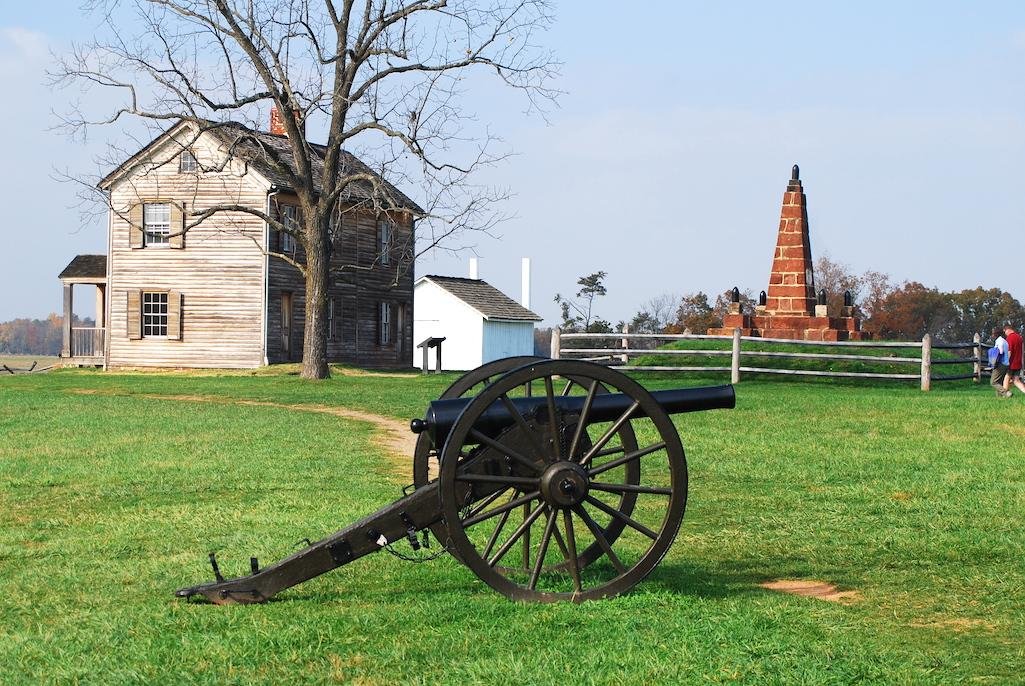The battlefield of Manassas is no stranger to development threats. From highways to shopping centers and theme parks, over the decades, it has seen more than its fair share of ill-considered proposals that the preservation community has rallied to oppose and derail. But today, it faces a threat like nothing we have seen before: a uniquely 21st-century scourge in the form of enormous data center warehouses – hulking, windowless monstrosities the size of a shopping mall that consume enormous amounts of electricity and water for operations and climate control, while utilizing technology that will be obsolete within a decade.
The Prince William County Board of Supervisors is currently considering a plan to allow massive data center development along the narrow corridor between Manassas National Battlefield Park and Conway Robinson State Forest. In fact, the footprint being considered in this proposal includes land owned and preserved by the American Battlefield Trust! Of course, we will protect that land forever, regardless of the county’s actions, but this further demonstrates the historic significance of the area under threat.
The Trust, alongside many allied organizations and a chorus of local residents, has been vocal in its opposition to this project since it arose more than 18 months ago. But as the county’s moment of decision nears, we need YOU to speak out to protect the battlefields of Manassas.
Please visit our website to learn more about this proposal and sign a letter of opposition that we can provide to elected officials – and share this opportunity with your friends. We need to send a message that while modern infrastructure is necessary, we need not sacrifice our history in the process.
Local voices are especially important, as constituent opinion carries tremendous weight with elected officials. In addition to writing local officials, please consider attending a rally against the proposal on Saturday, October 29 (RSVP here please), just a few days prior to the Board of Supervisors hearing on November 1. If you live nearby, please consider attending one or both of these events.
Jim Campi
Chief Policy and Communications Officer
American Battlefield Trust
























